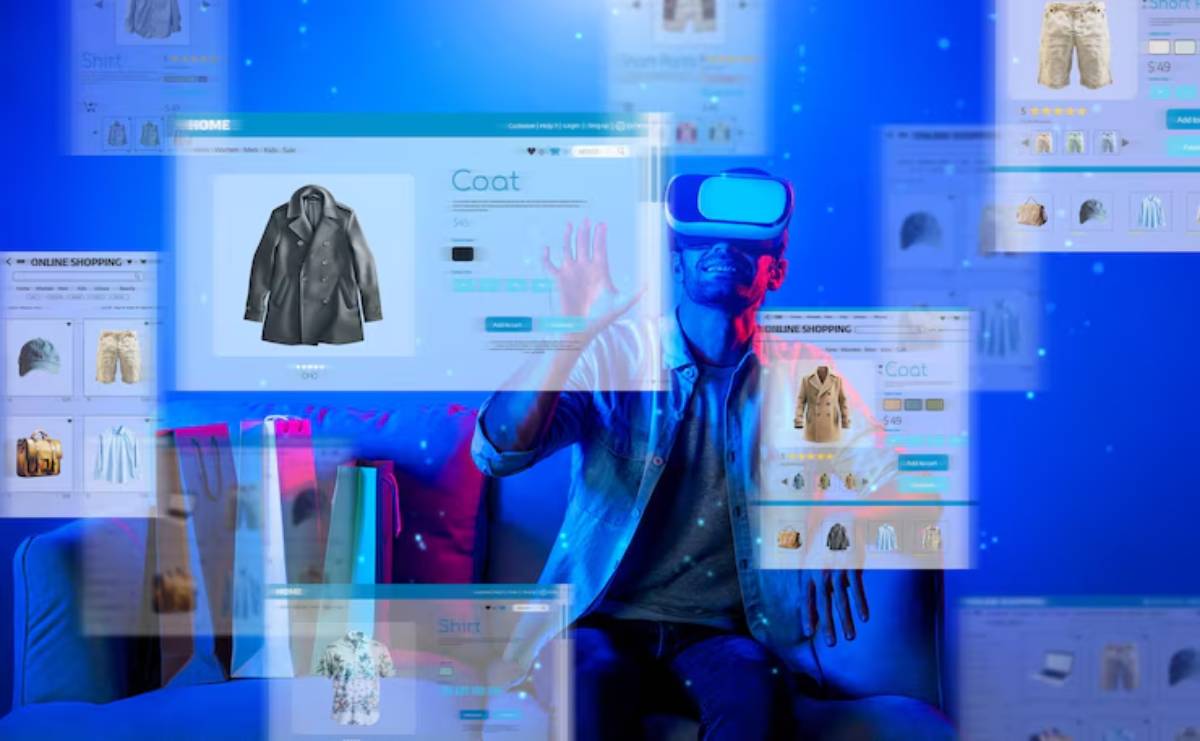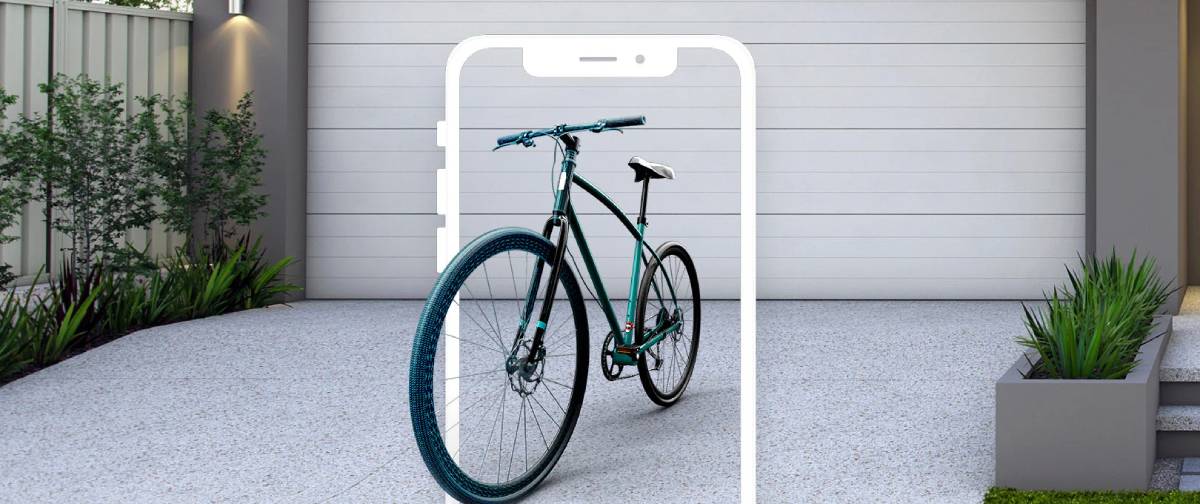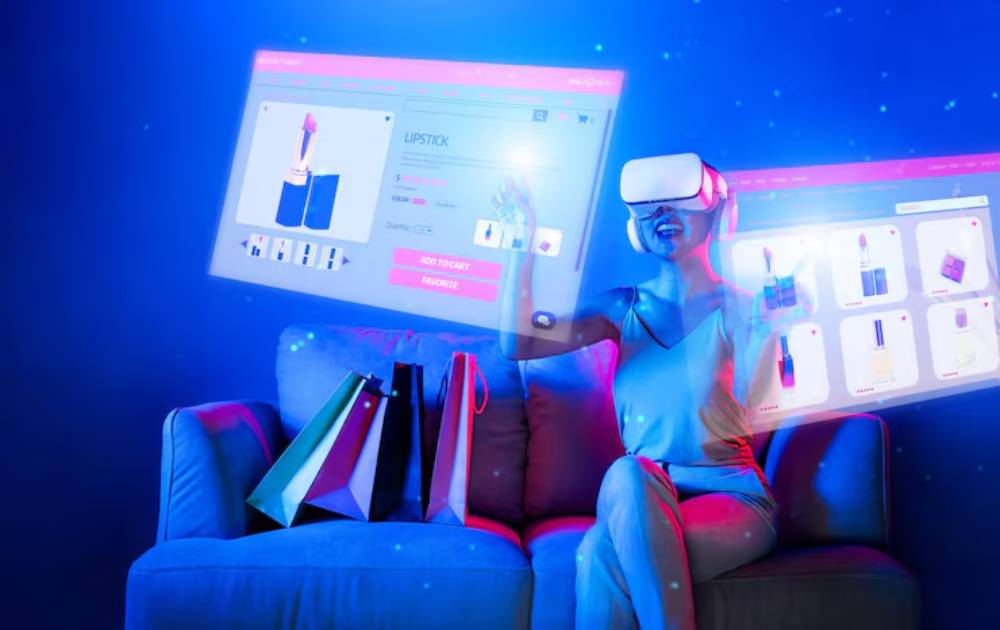
Augmented Reality for Product Demos in Dropshipping
In a saturated ecommerce world where attention spans are short and trust is hard-earned, product presentation can make or break a sale. Traditional images and videos are no longer enough—especially for products customers want to visualise in real-world settings. That’s where Augmented Reality (AR) steps in. With AR product demos, dropshipping brands now have a powerful tool to bridge the online-offline divide and create deeply interactive shopping experiences.
This article explores how ecommerce AR is transforming product demos, why it’s especially valuable for dropshipping stores, and how to start integrating this cutting-edge technology into your sales funnel.
What is Augmented Reality in Ecommerce?
Augmented Reality (AR) overlays digital elements—like 3D images or animations—onto the real world via a smartphone or AR headset. In ecommerce, this means allowing customers to:
- Place a virtual sofa in their living room using their phone camera
- Try on glasses or makeup digitally
- Rotate and inspect a 3D product model from all angles
Unlike virtual reality (VR), which creates an entirely digital environment, AR product demos enhance the real one—making them ideal for interactive shopping.
Why AR Matters for Dropshipping Stores
AR isn’t just for big brands with massive budgets anymore. Thanks to rapid developments in WebAR and platform integrations, even lean dropshipping operations can now deliver immersive product experiences.
Key Benefits for Dropshippers:
1. Reduced Product Uncertainty
Most dropshipping customers never get to “see” the product before they buy. AR bridges that gap, helping them visualise size, fit, colour, and function.
2. Higher Engagement
AR experiences hold users’ attention longer, often doubling time on page—an SEO and CRO win.
3. Lower Return Rates
When buyers better understand what they’re getting, they’re less likely to be disappointed post-delivery.
4. Increased Trust
Offering AR functionality can position your store as forward-thinking and customer-first, boosting perceived legitimacy—especially important in dropshipping.
Real-World AR Product Demo Examples
IKEA Place:
Let’s users drop to-scale furniture into their living space using AR. The result? Confident buyers and fewer “wrong size” returns.
Warby Parker:
Customers can try on glasses virtually via AR, increasing purchase intent and confidence.
Shopify AR:

Built directly into Shopify, this feature allows merchants to offer interactive 3D models right from the product page.
Best Product Types for AR Demos
Not every product needs AR—but many benefit hugely from it.
| Product Type | Why AR Works Well |
| Furniture and Decor | Spatial visualisation (fit, size, style) |
| Eyewear and Accessories | Virtual try-ons improve buyer confidence |
| Fashion and Footwear | Try-before-you-buy reduces sizing errors |
| Electronics and Gadgets | 360° view clarifies features and design |
| Home and Kitchen Tools | Demonstrate real-world usage and scale |
How to Create AR Product Demos for Your Dropshipping Store
Step 1: Choose Your AR Approach
There are two main methods:
a. WebAR (No app required)
- Users access AR experiences via a browser link or QR code
- Best for ease of access and wide compatibility
b. App-Based AR
- Requires the user to download an app
- Offers deeper integration but higher friction
Dropshipping Tip: Start with WebAR for accessibility and faster implementation.
Step 2: Create 3D Product Models
If your supplier provides 3D models—great. If not, you’ll need to create them.
Options:
- Hire 3D artists (via Fiverr or Upwork)
- Use tools like Sketchfab or Blender (DIY)
- Partner with platforms that offer 3D model creation as a service
Format Tip: Use glTF or USDZ files, compatible with WebAR viewers and Shopify.
Step 3: Integrate AR into Product Pages
Platforms like Shopify and WooCommerce support ecommerce AR via plugins and app integrations.
Tools:
- Shopify AR (built-in)
- ZapWorks (for WebAR embedding)
- 8thWall (for no-app AR experiences)
- VNTANA (3D & AR for ecommerce)
- ROAR (DIY WebAR builder)
Embed AR buttons like “View in Your Room” or “Try It On” directly below product images.
Step 4: Educate Users
Many shoppers still don’t expect AR. Add a short explainer:
“Tap ‘View in Your Room’ to see this lamp in your home using your phone’s camera—no app needed!”
Step 5: Optimise for Mobile
AR is mobile-first. Ensure:
- Product pages load fast on mobile
- AR buttons are thumb-accessible
- Instructions are clear and minimal
Enhancing the AR Shopping Experience

Combine With:
- User-generated content: Show real-life customer AR screenshots
- Interactive tutorials: Guide users on how to engage with the AR tool
- Personalisation: Use customer data to suggest AR-relevant products
Bonus Tip: Add QR codes on thank-you pages or packaging that reopen AR features post-purchase to encourage social sharing.
Tracking AR Engagement and Conversions
Don’t just offer AR—measure its impact.
Key Metrics:
- AR activation rate (clicks on “View in AR”)
- Time spent engaging with the AR model
- Bounce rate vs. non-AR pages
- Conversion rate lift on AR-enabled products
- Return rate comparison between AR and non-AR buyers
Tools to Use:
- Google Analytics (event tracking)
- Hotjar/Clarity (session replays)
- Shopify Analytics (AR engagement tracking via app)
Pros and Cons of AR Product Demos in Dropshipping

Pros:
- Enhances trust in product quality
- Increases conversion rates
- Differentiates your store
- Decreases returns and chargebacks
Cons:
- Requires effort to create 3D assets
- Not all suppliers offer product visuals suited for AR
- May require mobile browser permissions or modern devices
Case Study Snapshot
Product: LED Ambient Lighting Kit Problem: High return rate due to size mismatch and unclear installation Solution: WebAR demo showing real-size strip lights applied to TVs and desks Result:
- 21% increase in conversion
- 36% drop in returns
- 14% longer time-on-page
AR for Dropshipping: A Competitive Edge
In dropshipping, where everyone can sell the same product, differentiation is everything. Offering an AR product demo makes your store stand out, especially for items that require tactile imagination—like furniture, tech gadgets, or accessories.
Interactive shopping isn’t just a novelty—it’s a practical response to customer hesitation. If buyers can “try before they buy,” they’re far more likely to trust, commit, and return.
Future-Proofing Your Store With AR
As major platforms like Meta and Apple deepen their investments in AR, customer expectations will only rise. Being an early adopter not only improves UX today—it positions your brand for tomorrow.
Imagine:
- Personalised AR recommendations
- AR-integrated email campaigns
- Voice-activated AR shopping via smart assistants
Key Takeaway
Augmented reality is no longer an emerging trend—it’s an ecommerce imperative. By integrating AR product demos into your dropshipping store, you can close the trust gap, boost engagement, and offer a shopping experience that’s as immersive as it is effective.
Transform Browsers Into Buyers With AR
Customers can’t touch or try your products—but they can see them in their space, on their face, or in their hands with AR. That’s the power of immersive ecommerce AR: it makes your store feel more real, more trustworthy, and more exciting.
So digitise your demos, delight your customers, and dominate your niche—because interactive shopping is the new standard, and AR is leading the charge.


